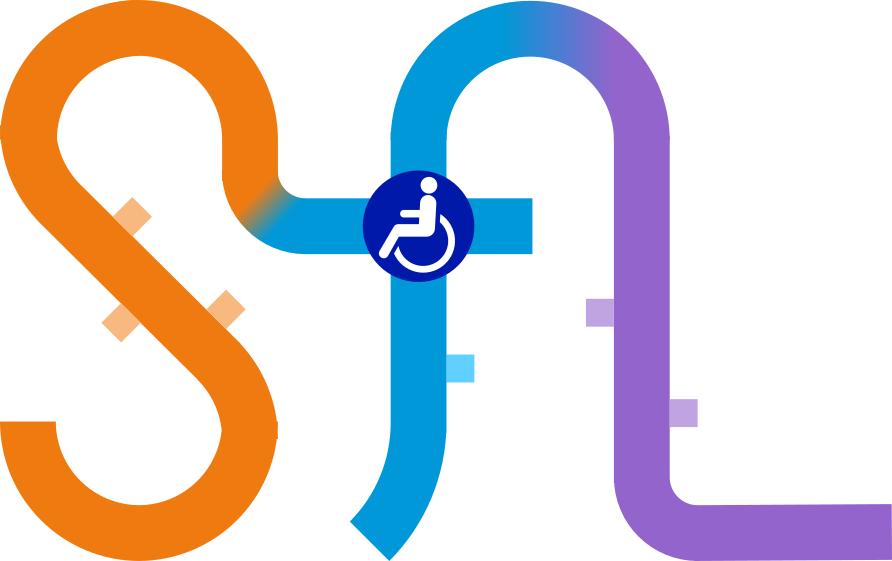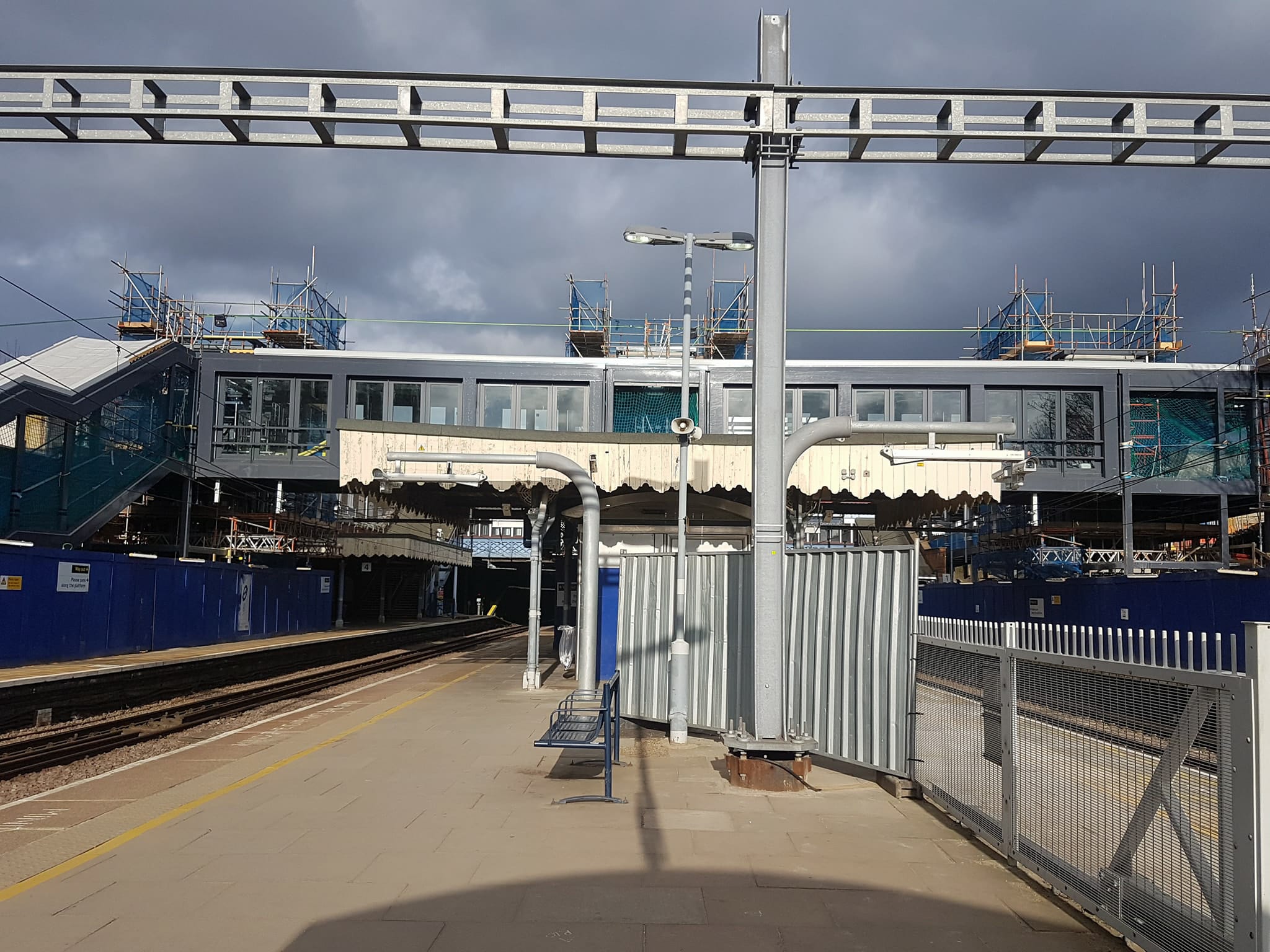Today the Department for Transport released a report detailing the future development of accessible transport, with the ambitious goal that the UK’s transport network will offer equal access to disabled people by 2030. It covers a very broad spectrum of topics, including staff training, passenger rights, and investment in infrastructure. The publication can be read in its entirety here.
Being mainly involved with rail transport, I will focus on the major announcements in this area. Generally, I am always a bit suspicious when it comes to the Government’s commitment to accessibility, not least because it has allowed the withdrawal of staff from trains all around the country (with Thameslink being a prime example) and because of severe funding cuts to Access for All schemes that led to the deferment of works at approximately 9 busy stations in London, seen below.
| Station | Line | Scheduled date |
|---|---|---|
| Barnes | South Western | Before 2024 |
| Battersea Park | Southern | Before 2024 |
| Hither Green | Southeastern | Before 2024 |
| Petts Wood | Southeastern | Before 2024 |
| Queen’s Park | Overground, Bakerloo | Before 2024 |
| Peckham Rye | Overground, Southern, Thameslink, Southeastern | Before 2024 |
| Seven Sisters | Overground | Before 2024 |
| St Mary Cray | Southeastern | Before 2024 |
| Streatham | Thameslink, Southern | Before 2024 |
Despite this, the publication did contain very positive news. The most important announcement was that £300m would go towards Access for All funding as part of the Main Programme of the scheme from 2019-2024. To put into perspective, from its inception in 2006 to 2020, Access for All will have received £488m for the Main Programme, meaning that funding has been significantly increased per year.
Notably, the report does note that £50m of the upcoming funding actually correspond to the £50m that were cut from the programme for the 2014-2019 funding period, which I think shows some degree of accountability instead of trying to pass it off as new investment. With this level of funding, Network Rail will be able to carry out more step-free access works across the National Rail network. These stations will be announced in April 2019, which is when the next funding period begins.
In terms of level boarding, I was very pleased to see that platform humps and Greater Anglia’s upcoming Stadler Rail trains got a mention. Highlighting the importance of independent travel, the report says:
The Department will work with the operator to promote and share its experience of using this technology to inform the wider industry perspective on tackling the challenge that steps/gaps from train to platform present to passengers.
It is encouraging that out of all the new trains currently in production, the DfT focussed on the ones that will have the greatest impact on accessible travel. We can only hope that their success influences future train design and possibly even includes the adaptation of existing trains.
Finally, the last topic I wanted to highlight is Passenger Assist, which is the system used by the rail industry to manage accessible travel bookings. The report suggests that as early as the end of this year, new rail franchises will be penalised if they do not meet a minimum target of successful completion of booked assistance. The idea is that train-operating companies will have an incentive to provide a quality service for those who require assistance. Of course, it will remain to be seen what qualifies as an “unsuccessful completion.”
Closely tied to this is the upcoming introduction of a Passenger Assistance application, which would make it possible to book assistance “with a single click.” Unless there is another app being tested, this app is likely Transreport’s Passenger Assist.
According to Transreport, the app will allow you to select the specific assistance that you need and give you the option of booking in advance or travelling spontaneously. Unfortunately, Jon and I have not had the best experience with this app when it was first trialled on London Northwestern Railway earlier this year. In short, we tried to make two trips using the app (between Watford Junction and Milton Keynes), only to find that members of staff weren’t actually checking the app, which defeats the whole point of the app.
I hope that with further training and successful trials, the app will be able to function as it is meant to do and provide an easy way to ensure staff assistance and increase accountability. This app is meant to launch this year in a phased manner, most likely beginning with London Northwestern Railway and West Midland Railway services.


Within the details published on the DFT Website it mentions that work on schemes deferred under The Hendy Review should recommence as soon as possible after the 1st April 2019 .
That is most definitely the best news out of the announcement. I do hope that they will be more transparent going forward, unlike with Alexandra Palace and Brondesbury, which have not been deferred but have yet to start as far as I know.
I passed through Brondesbury on Friday and no sign of any work .
I also stopped off at West Hampstead Overground where the new stairs are in use but linked to old station entrance by a temporary high walk. As for the lifts they still have plenty of cladding to be installed so still look a while away from completion.
Brondesbury, Alexandra Palace, and Palmers Green are becoming increasingly worrisome, as they were not deferred but have yet to show any progress. I plan to start asking questions before these get swept into the next control period. Yea, West Hampstead will probably be ready by December, closely followed by Tottenham Hale, Finsbury Park, and White Hart Lane